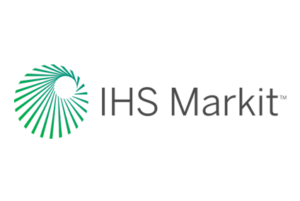Taiwanese sources have quoted IHS as forecasting the shipment of oxide-based TFT LCD panels for tablet, notebook, monitor and TV applications to hit 55.6 million in 2017, up from 20 million last year and we have confirmed this data with the analyst. Notebooks and tablets are the dominant applications, with 91% of shipments this year going to the application, from 17 million in 2016.
CEC-Panda is cited as being the most aggressive in ramp-up, going from 600K last year to 4.2 million this year, but LGD and Sharp are also increasing a lot. Samsung Display also supplies some oxide LCDs
One of the factors for the adoption is that convertibles, which are becoming more popular, need to be driven at low refresh at times to minimise power consumption, despite their high resolution. IHS believes that as much as 17% of the LCDs for mobile PC applications could be using the technology by 2020 (it’s about 10% at the moment).
Analyst Comment
Oxides of various kinds were seen as being a critical technology to drive active matrix displays and have been essential, for example, in the development of LG’s large OLED panels for TVs. When first mooted, they were seen to be a simpler alternative to LTPS. They may have been simpler, but the development has been much, much slower than expected when ‘the big push’ took place around 10 years ago. At the DisplaySearch conference in 2008, Samsung SDI (which eventually became part of Samsung Display) said that it intended to be in high volume by 2010.
The expected move of part of the TV market will mean a demand for oxides, as may HFR. Sharp has been one of the most active developers, with its IGZO technology and that is one reason for the firm’s interest in 8K. BR)

